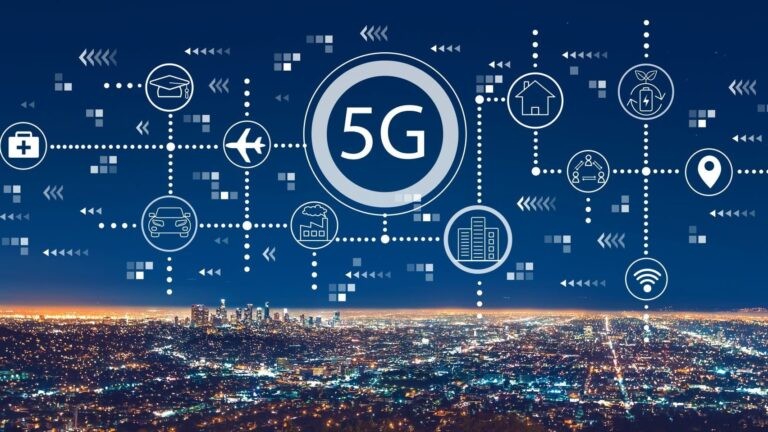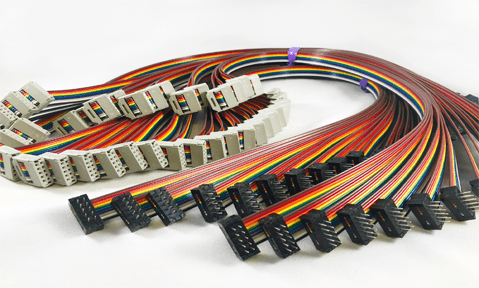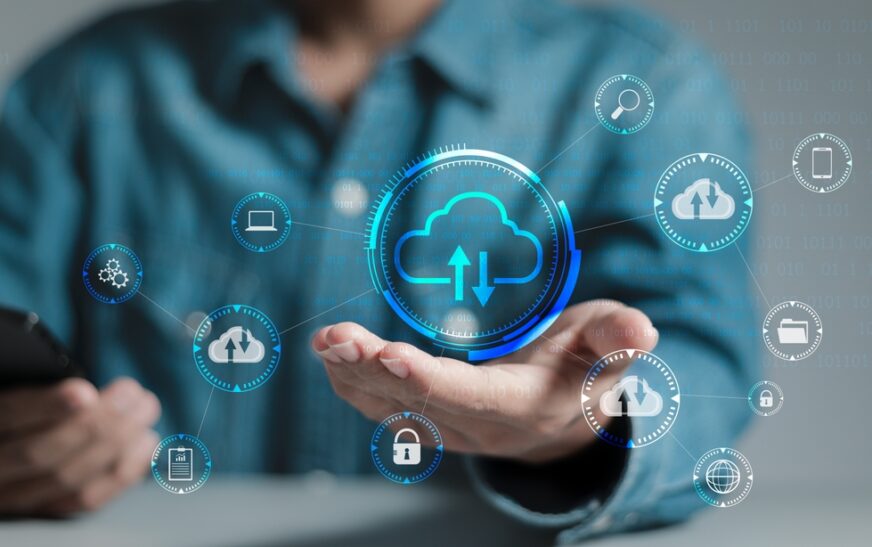The emergence of 5G technology represents a giant leap forward in the realm of telecommunications, and its impact is felt throughout the industry. Computer networks, the backbone of digital communications and data processing, are being transformed by the deployment of 5G. Offering higher speeds, lower latency, and the ability to connect more devices, 5G is reshaping the way computer networks operate and enabling new applications that were once out of reach.
This article will delve into 5G’s impact on computer networks, its key benefits, challenges, and the future of networking in a 5G-driven world.
1. what is 5G?
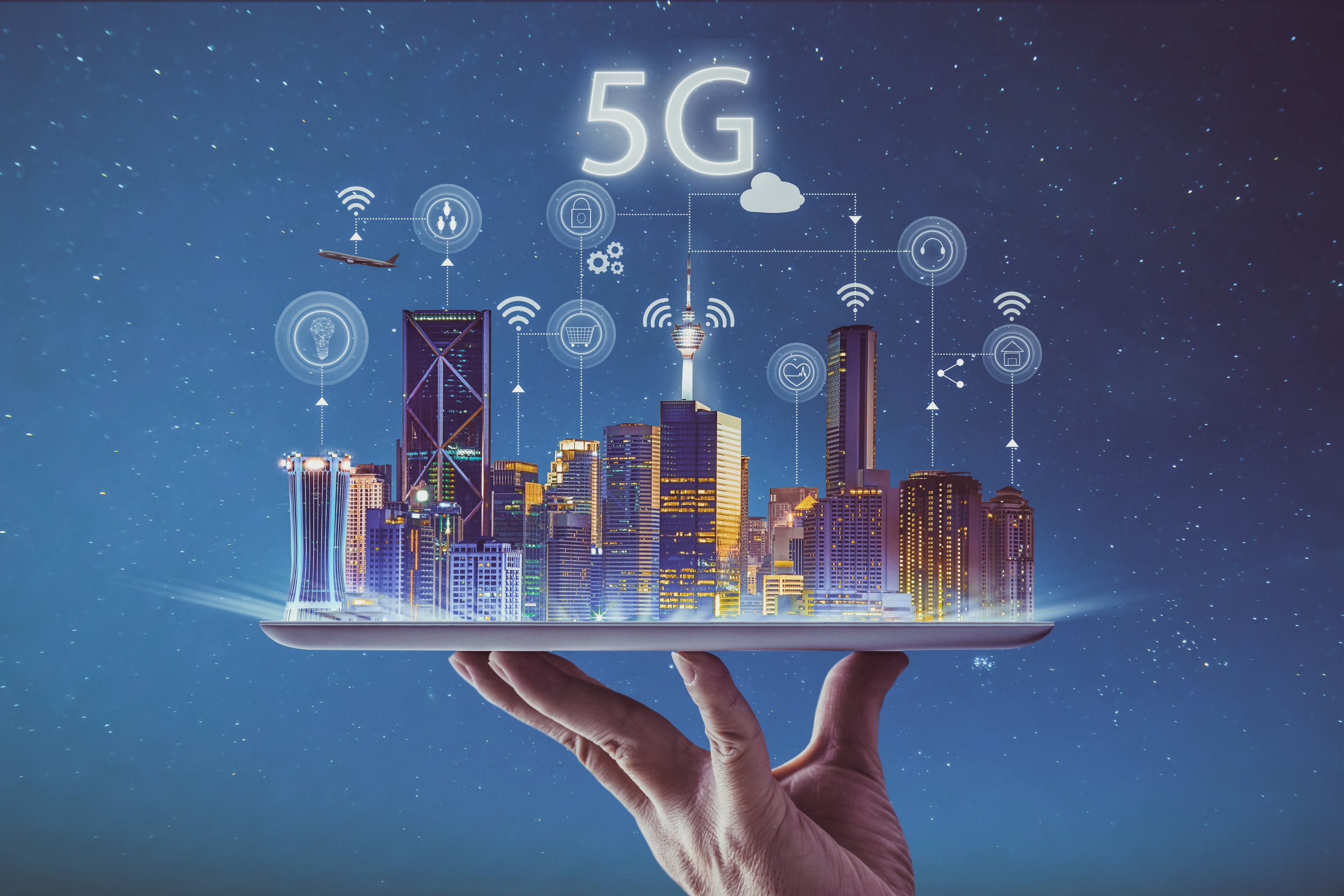
5G stands for fifth-generation mobile networks. Compared to its predecessor, 4G, it is designed to provide faster data speeds, increased reliability, and ultra-low latency. 4G networks support high-speed mobile data, but 5G will take this to the next level by enabling faster download/upload speeds, more stable connections, and support for a vast number of devices enabling faster download/upload speeds, more stable connections, and support for vast numbers of devices, taking this to the next level and making it essential to the Internet of Things (IoT) revolution.
Key features of 5G
Higher speeds: up to 100 times faster than 4G, reaching 10 Gbps.
Low latency: as low as 1 millisecond, essential for real-time applications.
High device density: Supports up to 1 million connected devices per square kilometer, enabling smart cities and IoT ecosystems.
Network slicing: the ability to split a single physical network into multiple virtual networks to meet specific needs.
2. how 5G will change computer networks

5G is fundamentally changing the way computer networks are structured and operated. Traditionally, network architectures have been constrained by bandwidth limitations, latency issues, and the ability to manage large scale connections; with the introduction of 5G, these constraints will be greatly reduced, paving the way for more dynamic, efficient, and responsive networks.
2.1. faster data transmission
The most immediate and obvious benefit of 5G is faster data transmission. In computer networks, this translates into faster file transfers, faster downloads, and more efficient streaming of data. Tasks that previously took a considerable amount of time, such as backing up large data sets or downloading high-resolution media, can now be performed almost instantaneously.
Network Impact
Improved performance: Network administrators can now manage more traffic with minimal latency, resulting in smoother operations, especially in cloud environments.
Reduced bottlenecks: High-speed data transfer reduces congestion in crowded networks, allowing companies to improve productivity and service delivery.
2.2. ultra-low latency
Latency is the time it takes for data to move from one point to another in a network. In applications that require real-time response, such as autonomous vehicles, industrial automation, and tele-surgery, latency must be as low as possible. 5G’s ultra-low latency will increase the reliability and efficiency of real-time communications between devices.
Networking Implications
Real-time applications: Low latency allows mission-critical applications such as virtual reality (VR), augmented reality (AR), and live video gaming to operate without lag.
Remote control: Networks in healthcare, manufacturing, and other industries can benefit from real-time control of machines and robots from remote locations.
Edge computing integration: Low-latency networks facilitate the implementation of edge computing. Edge computing reduces reliance on centralized cloud services because data is processed closer to the source.
2.3. increased connectivity and expansion of IoT
5G will play a key role in enabling a large-scale IoT environment with billions of interconnected devices. computer networks designed to accommodate the IoT will require high levels of device connectivity, scalability, and data flow management. 5G’s ability to support a high density of connected devices makes it ideal for the IoT ecosystem. Network Impact
Smart Cities: 5G networks will support smart cities where sensors, cameras, traffic lights, and utility meters are all connected and managed in real time.
Industrial IoT: In factories, machines and robots can instantly communicate with each other and optimize production processes with real-time data.
Home Automation: 5G will enhance the ability of smart homes to manage devices such as thermostats, security systems, and appliances efficiently and without delay.
2.4. network slicing for customization
Network slicing is a unique 5G feature that allows operators to build multiple virtual networks on a single physical infrastructure. Each slice can be customized to meet the specific requirements of different use cases, such as high bandwidth for video streaming or low latency for critical applications.
Benefits of Network Slicing
Optimized performance: Slices can be optimized for a variety of industries, such as hospitals requiring uninterrupted service for telemedicine or factories relying on real-time data analysis.
Cost Efficiency: Companies can reduce overall costs and improve resource allocation by paying only for the resources and network performance they need.
Improved Quality of Service (QoS): The “one size fits all” approach of traditional networks is eliminated as each slice is tuned to ensure the best possible quality of service for a given application.
3. challenges of implementing 5G in computer networks
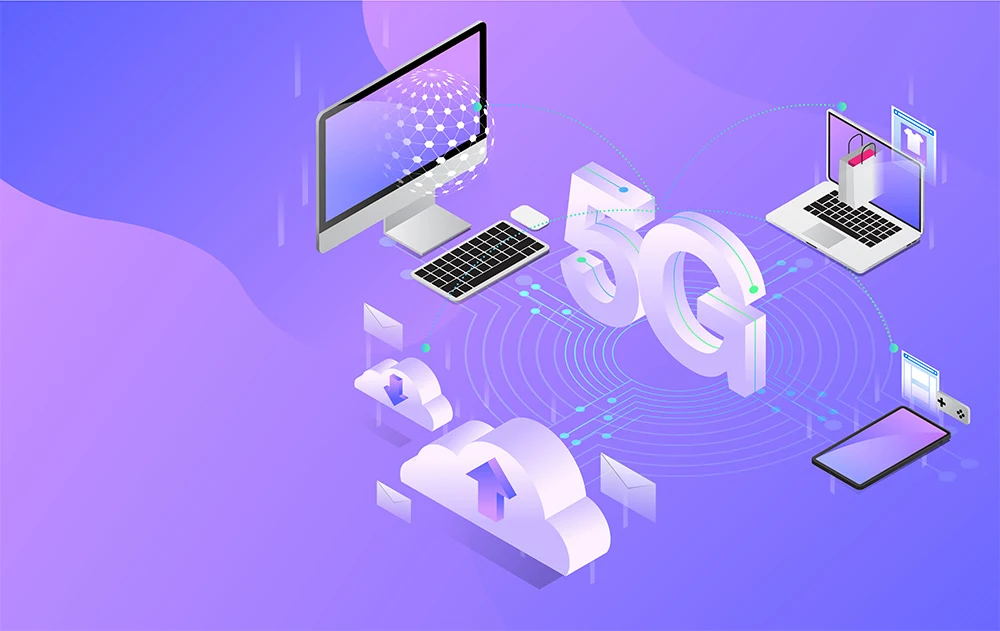
While the benefits of 5G are enormous, there are challenges that arise when integrating this technology into existing computer networks. These challenges range from technical barriers to regulatory concerns.
3.1. infrastructure upgrades
To take full advantage of 5G, significant investment is required to upgrade existing infrastructure; current networks built for 4G and earlier generations may not be able to support the high bandwidth, low latency, and increased device connectivity that 5G will require.
Key Infrastructure Challenges
Small Cell Deployment: 5G relies on small cells, which are low-power base stations placed close to users to deliver high-speed data. Deploying thousands of small cells throughout a city is a costly and time-consuming process.
Fiber optic backhaul: The high-speed communications promised by 5G require fast, reliable backhaul connections, often enabled by fiber-optic networks, which require significant investment to deploy.
3.2. security concerns
The expanded connectivity of 5G increases the potential attack surface for cybercriminals. More connected devices means more entry points for malicious actors, which poses a challenge for network security.
Security Challenges
IoT Vulnerabilities: Many IoT devices lack robust security measures, making them easy targets for cyber attacks; if IoT devices are not properly protected, the entire network can be compromised.
Network slicing risks: While network slicing allows for customization, it also raises concerns about how to secure each slice, especially when different slices have different security requirements.
3.3. interoperability and standards
5G is a global technology, and ensuring interoperability among different regions and networks is a major challenge. Different countries may adopt different standards and frequencies for 5G, complicating the process of building a unified global network.
Standardization Challenges
Spectrum allocation: The frequencies required for 5G will vary from country to country, and the availability of appropriate frequencies may affect network performance and compatibility.
Device compatibility: Ensuring that devices from different manufacturers work seamlessly on 5G networks requires adherence to global standards, which are still evolving.
4. the future of computer networks with 5G
Although 5G continues to be deployed around the world, 5G’s potential to transform computer networks has yet to be realized. In the coming years, 5G will be the foundation for many cutting-edge technologies and applications.
4.1. AI-Driven Networks
5G networks will be increasingly integrated with artificial intelligence (AI) to automate and optimize network management; AI can analyze network traffic, predict potential failures, and adjust network configuration in real time to ensure the best performance and reliability AI can also be used to predict network failures.
Benefits of AI Integration
Proactive network management: AI-powered systems can identify and address network problems before users are impacted, reducing downtime and improving performance.
Predictive analytics: AI helps network providers predict future traffic patterns and allocate resources accordingly.
4.2. 6G and Beyond
While 5G is still in its infancy, researchers are already exploring the potential of 6G networks, which are expected to become widespread in the 2030s and promise to push the limits of wireless technology even further, providing data speeds 100 times faster than 5G and further reducing latency.
The Future of Networking
Holographic Communications: 6G will enable real-time holographic communications, making virtual meetings more immersive and realistic.
AI at the Edge: As edge computing becomes more prevalent, 6G will allow AI-driven applications to process data in real time at the edge, potentially eliminating the need for cloud-based processing.
Conclusion: 5G’s Transformational Impact on Computer Networks
The introduction of 5G will revolutionize computer networks, providing faster data transmission, lower latency, and the ability to support billions of connected devices. 5G will enable companies to leverage emerging technologies such as IoT, edge computing, and AI to build more dynamic, efficient, and responsive networks that are more dynamic, efficient, and responsive. However, there are challenges to 5G deployment that must be addressed to maximize its potential, ranging from infrastructure upgrades to security concerns.
As 5G continues to expand, it will lay the groundwork for the next generation of innovation and reshape the way data, devices, and each other interact in the digital age.

